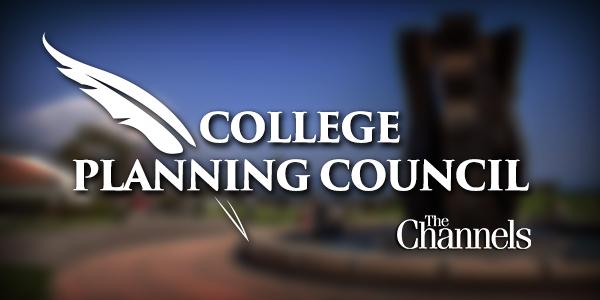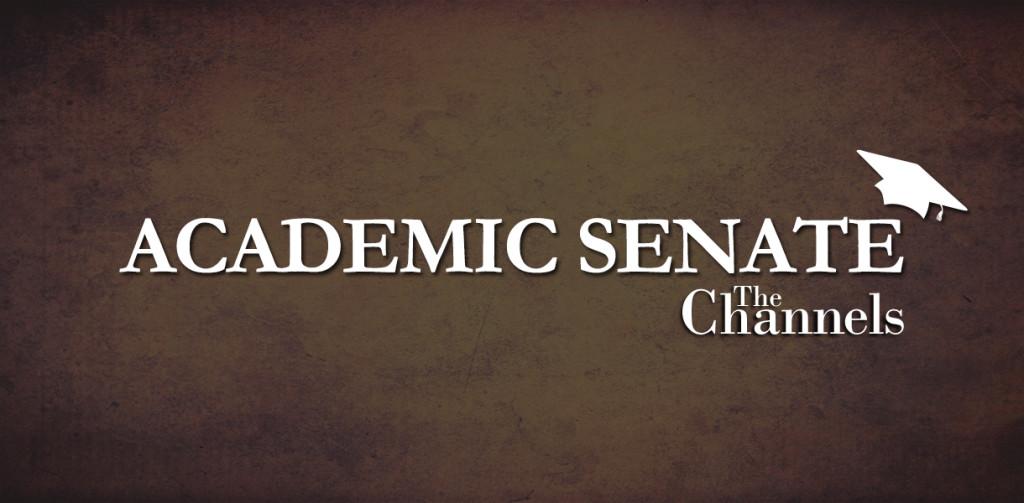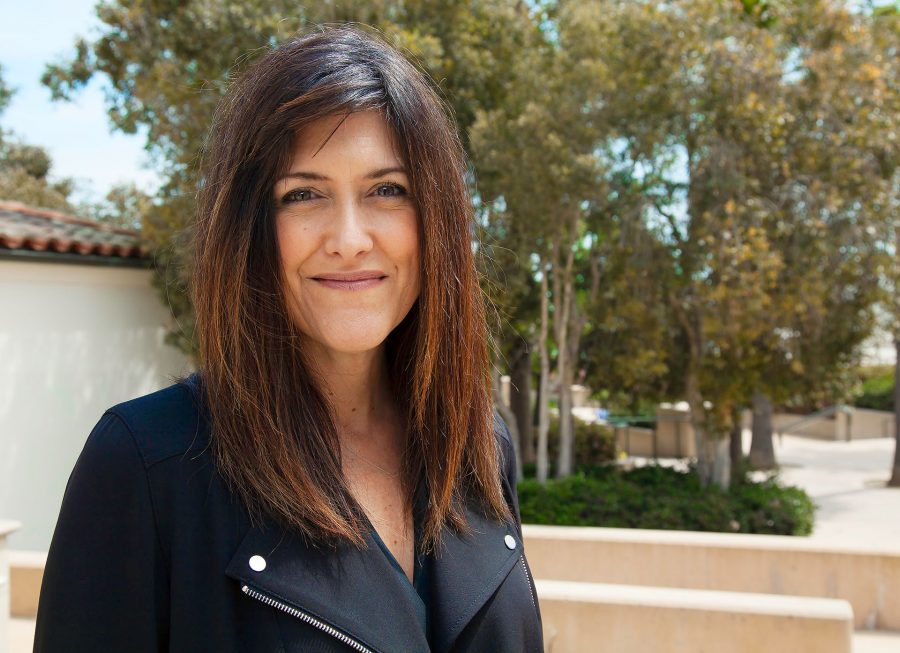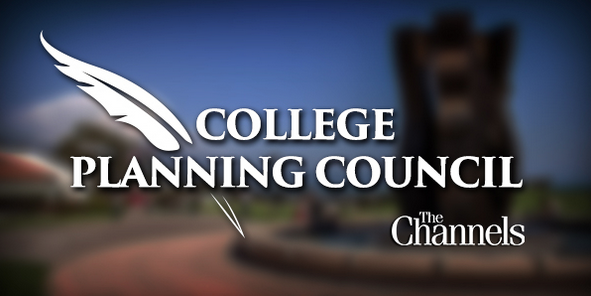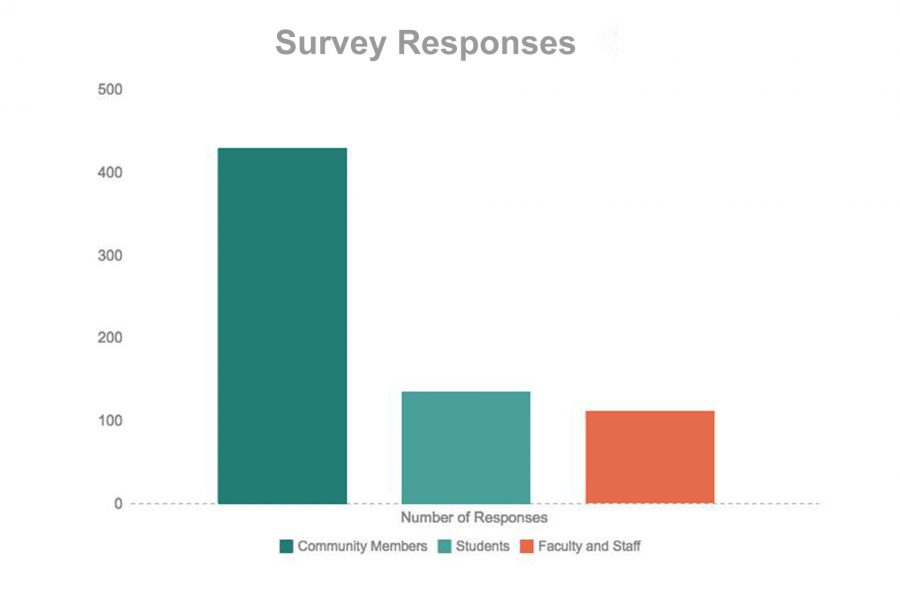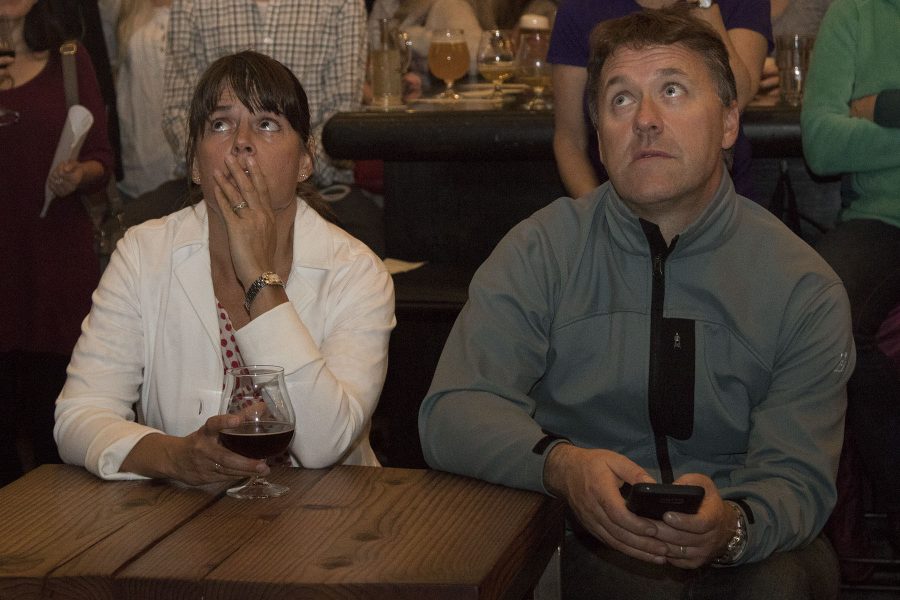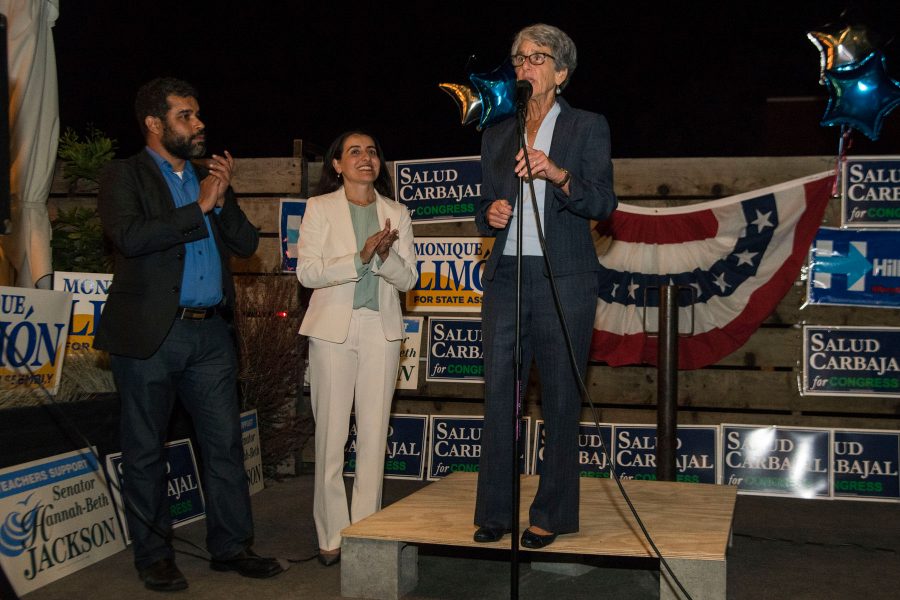The College Planning Council sat down Tuesday to discuss the reasoning behind the failure of Measure S and what could be done for the future.
Bond Measure S was left in the hands of voters this year and was designed to bring in $288 million for campus renovation and modernization, but failed to pass.
“All of us feel like we got kicked in the gut,” said Superintendent President Dr. Lori Gaskin.
There are only two ways for community colleges to receive funding for facility modernization and renovation: Statewide Bond or Local Bond Measure. Since Governor Jerry Brown said that he would not allow a statewide bond to pass due to the recession in 2006, the responsibility was left in the hands of college communities.
The discussion did not set any plan in stone but centered on the potential goals that City College can set its sights on, as well as the issues surrounding its failure; both internal and external.
“The need has not evaporated,” Gaskin said. “Our buildings and our infrastructure are woefully inadequate.”
A revelation came to some members on the council when Priscilla Butler, chair on the planning and resources committee, shared her experiences with the faculty and staff.
“When talking to the faculty on our campus, there was so much negativity toward measure S,” said Butler. “If [faculty and staff] distrust what we’re putting forward, how can we expect anybody else to trust what we’re putting forward?”
Academic Senate President Kimberly Monda and Associate Professor Cornelia Alsheimer echoed that they felt an underwhelming sense of enthusiasm towards Measure S on campus.
Joe Sullivan, vice president of business services, stated his disappointment in the lack of involvement from the faculty and staff, but said that now that the election is over they can focus their efforts on gaining college support.
This all left the impression on members of the council that they need to reiterate to the community how much City College cares and contributes.
“It would be maybe worthwhile for us to have a yearly economic report for the college,” said Dean Nevins, academic senate representative. “We could look at the [economic] climate along with our impact to that climate.”
The Council also talked about being more visual with the weathered facilities and emphasizing open access on campus in order to prevent the misdirection of the issues at hand.
Other plans included meeting with faculty and staff to air out issues and misperceptions with Measure S or possibly holding forums to educate the public and bring transparency.
“The voice of faculty and staff on campus are far more powerful than mine,” Gaskin said. “Far more powerful.”
Gaskin left the meeting noting that she wanted the council to sit down in the near future and discuss at length the community issues surrounding student housing and international students.
The College Planning Council next meeting will be at 3 p.m. Tuesday, Dec. 2 in Administration Building Room 218C.


